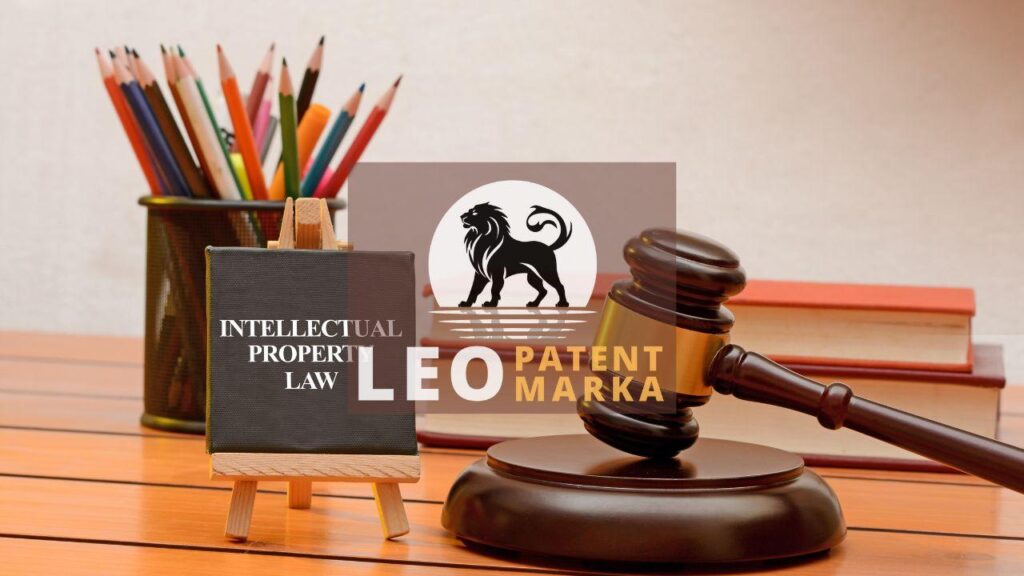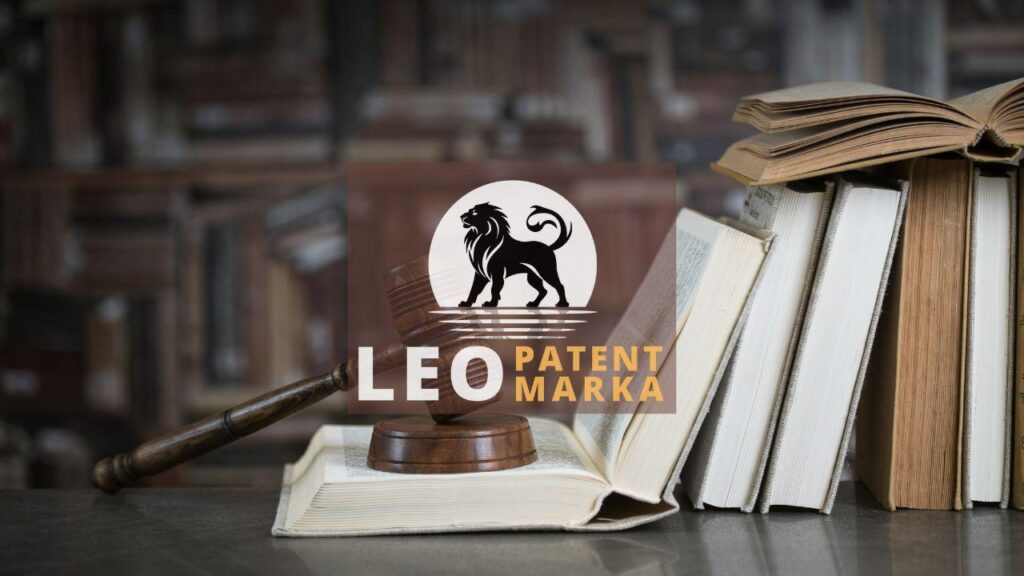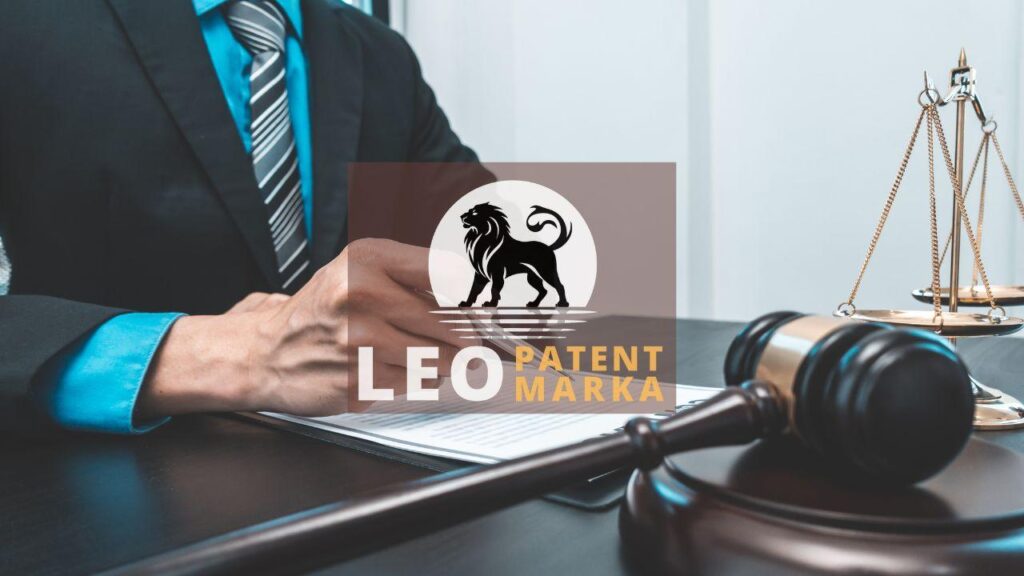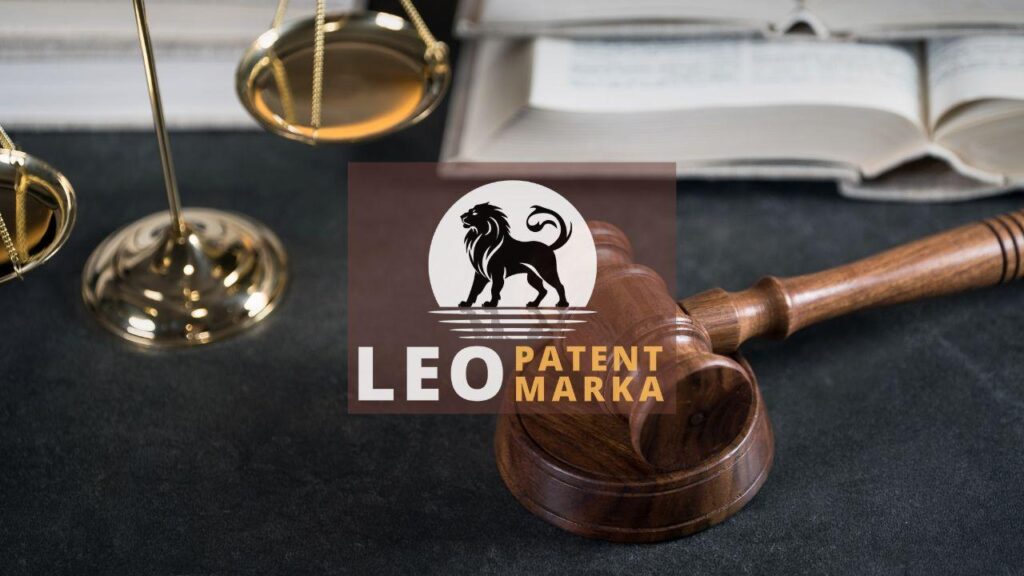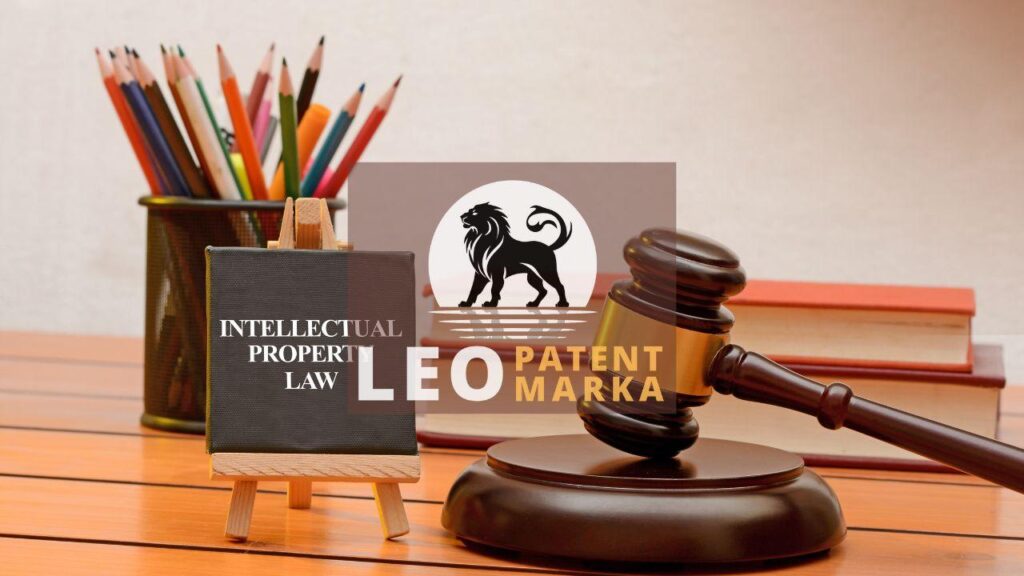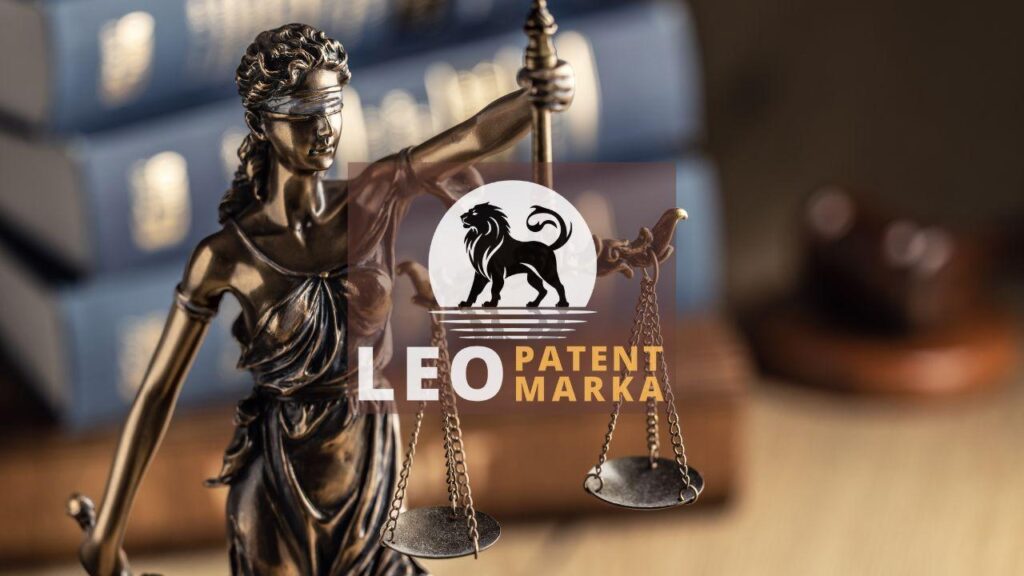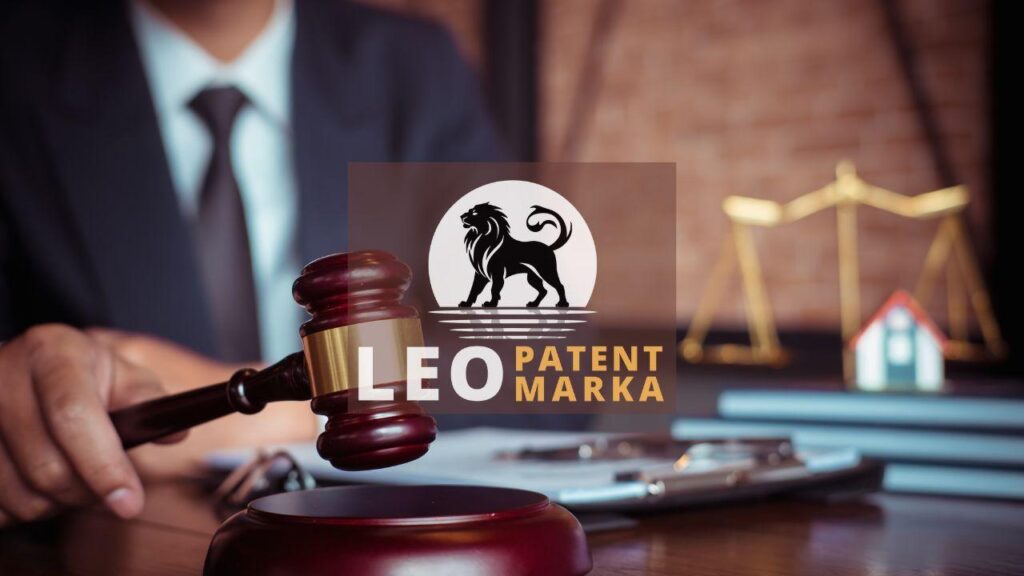Intellectual property plays a crucial role in the world of brand licensing. Imagine it as the backbone that supports the entire licensing framework, giving brands the confidence they need to expand safely. Without robust IP rights, the risk of unauthorized usage looms large, making trademark protection essential. Effective management of intellectual property ensures that brands can seamlessly execute licensing agreements. This not only shields a brand’s unique identity but also paves the way for lucrative partnerships. When brands place faith in their IP rights, they stand on solid ground to explore new markets. A well-structured licensing agreement creates harmony, keeping the brand’s essence intact while maximizing potential profits. In a competitive landscape, mastering the art of intellectual property is like finding the secret ingredient to success. Understanding the synergy between IP rights and brand licensing isn’t just beneficial—it’s vital for sustaining growth and inspiring trust among consumers and partners alike.
Navigating the Intersection of Intellectual Property and Brand Strategy
Understanding the intersection of intellectual property and brand strategy is like steering a ship through bustling waters. Intellectual property isn’t just a legal necessity; it is a strategic tool that drives brand licensing. Consider IP rights as your map—it guides the brand’s journey, ensuring trademark protection while setting a clear path for success. When brands entwine their strategy with intellectual property, they unlock new territories and market opportunities previously out of reach. Licensing agreements then become the sails that propel them forward. This integration ensures brands remain distinct and valuable. Missteps in managing these elements can lead to rough seas with unauthorized usage threatening the brand’s integrity. By harnessing the power of intellectual property within their strategy, businesses can safeguard their unique traits, avoid infringement storms, and anchor themselves in profitable partnerships. It’s about creating a robust platform where intellectual property supports strategic growth and innovation—an absolute must in today’s competitive world.
In the competitive market of today, treating intellectual property with casual oversight could be a brand’s Achilles’ heel. Intellectual property is not merely legal armor—it’s your brand’s advocate in a bustling arena. By deftly wielding IP rights, brands can protect their core identity, ensuring that the essence remains undistorted by unauthorized imitators. Trademark protection acts as the vigilant guardian, warding off potential threats to your brand’s sanctity. Meanwhile, licensing agreements emerge as the platform for transformative alliances, paving paths to profitability that might otherwise remain barred. When a strategic partnership is anchored in the solid ground of strong intellectual property rights, the brand doesn’t just survive—it thrives. The meticulous merging of brand strategy with intellectual property doesn’t just ensure safe passage; it polishes the brand’s edge, maintaining an aura of credibility and trust. So, in this grand voyage of commerce, intellectual property stands at the helm, steering brands toward a horizon of endless possibilities.
At the crossroads of intellectual property and brand strategy lies a realm rich with potential. Here, IP rights serve as the compass, guiding brands through the challenging terrain of modern business. Within this landscape, trademark protection is the sentinel, ever-watchful against the encroachment of imitators. Brand licensing isn’t just a venture; it’s a strategic expedition made possible by solid licensing agreements. These agreements craft the paths which lead to untapped markets. Imagine each agreement as a bridge, spanning gaps between potential and opportunity. But venturing without a map—without thorough integration of intellectual property—can lead brands astray. It’s this careful alignment that ensures brands not only maintain their distinctiveness but also flourish in the marketplace. An effective strategy tightly interwoven with IP rights doesn’t simply navigate obstacles; it transforms them into stepping stones of success. In the vast ocean of commerce, IP rights are the firmament grounding brands, guiding their adventurous spirit toward future triumphs.
Unveiling the Benefits of Strong IP Protections in Licensing Agreements
Strong IP protections are the lifeblood of successful brand licensing. When these safeguards are firmly in place, brands can dance confidently in the competitive arena. Intellectual property rights form a shield, guarding against unauthorized usage and potential infringements. This type of trademark protection breathes security into licensing agreements, allowing them to thrive without fear of threats that could unravel hard-earned reputations. The result? Brands can focus on creativity and expansion instead of wrestling with potential risks. Businesses leveraging robust IP protections stand tall and invite confident collaborations. With these safeguards, you’re not just protecting a brand; you’re positioning it for success in collaboration and growth.
Strong intellectual property rights serve as a safety net, fostering creativity while shielding assets. In the realm of brand licensing, IP rights become the catalyst for innovation, sparking new ideas and concepts that may have otherwise remained hidden. These rights are the architects of trust, building a fortress that attracts partners and nurtures collaborations. From helping negotiate licensing agreements to facilitating brand expansion, strategic IP management is a game changer. Trademark protection underscores this by preserving brand distinctiveness, ensuring a consistent experience for consumers. This strategic safeguarding empowers brands to make bold strides, venturing into uncharted territories with a cloak of confidence. With strong intellectual property foundations, brands are not just participants in the licensing game—they’re the trailblazers, paving the way for exciting partnerships and creative horizons.
With robust intellectual property rights in place, the rewards of strong brand licensing are plentiful. Secure IP rights mean brands can navigate markets fearlessly, knowing their unique identities are well-guarded. This protection not only helps in executing airtight licensing agreements but also fosters innovation, paving the way for products that captivate consumers. Trademark protection acts like a trusted guardian, maintaining brand consistency, which boosts consumer trust and loyalty. With a fortified IP strategy, brands open doors to lucrative partnerships, turning IP rights into stepping stones for growth. By securing firm intellectual property protections, brands don’t stand still—they propel forward, transforming potential risks into a landscape full of opportunities.
Exploring Case Studies: Successful Brand Licensing Through Intellectual Property
In the vibrant arena of brand licensing, examples abound where intellectual property has been a game-changer. Take, for instance, the soaring success of a global sports brand leveraging its IP rights. By meticulously crafting licensing agreements, they ensured trademark protection, safeguarding their distinct brand identity. This strategy not only stopped unauthorized use dead in its tracks but also opened doors to profitable ventures. Another tale in the tapestry of IP success is a luxury fashion house adeptly using intellectual property to navigate expanding markets. With trademark protection as their shield, they struck gold with partnerships that respected their iconic designs. These real-world scenarios underscore how understanding intellectual property is akin to holding a master key that unlocks vast potential in brand licensing. Effortless IP management allows brands to maintain their allure while capturing new opportunities, proving that effective IP strategies are their ticket to the big league.
Dive into the saga of a renowned entertainment company, which harnessed intellectual property to flourish in brand licensing. With a treasure trove of iconic characters, their IP rights became the bedrock of their licensing agreements. Trademark protection was their watchtower, shielding them from piracy as they ventured into new territory. By aligning with partners who respected their intellectual property, they expanded their empire while keeping creative integrity intact. Consider the case of a tech giant revolutionizing licensing through robust IP strategies; their patents and trademarks carved pathways into diverse markets. These stories paint a vivid picture of how intellectual property transforms brand licensing into a strategic masterpiece. When you wield your IP rights wisely, licensing agreements become a gateway to innovation and growth. Brands secure a competitive edge, fostering trust and collaboration essential for navigating the ever-evolving marketplace.
Picture a beloved animation studio, a titan in the industry, leveraging intellectual property to craft licensing spectacles. Their journey into the realm of merchandizing is a testament to how IP rights foster creativity and protection in equal measure. Trademark protection serves as their gatekeeper, bolstering licensing agreements with toy manufacturers that honor their cherished characters. Inspiring tales of success, like that of a celebrated beverage brand applying trademark nuances, highlight intellectual property’s prowess. Through watertight IP strategies, they poured innovation into new ventures while preserving flavor authenticity. Such routes underscore the strategic advantage within brand licensing, offering brands the means to counter unauthorized endeavors effortlessly. Within these narratives lies a blueprint where IP rights become the brush painting opportunity-filled landscapes. By embracing robust intellectual property frameworks, brands plant seeds of long-term growth, ensuring a future where creativity blooms securely, reaching hearts and markets alike.
Disclaimer: This article is for general information purposes only and it is recommended that you consult experts and companies in that field to evaluate your specific situation. We are not responsible for any damage that may arise from the use of the information in this article.

